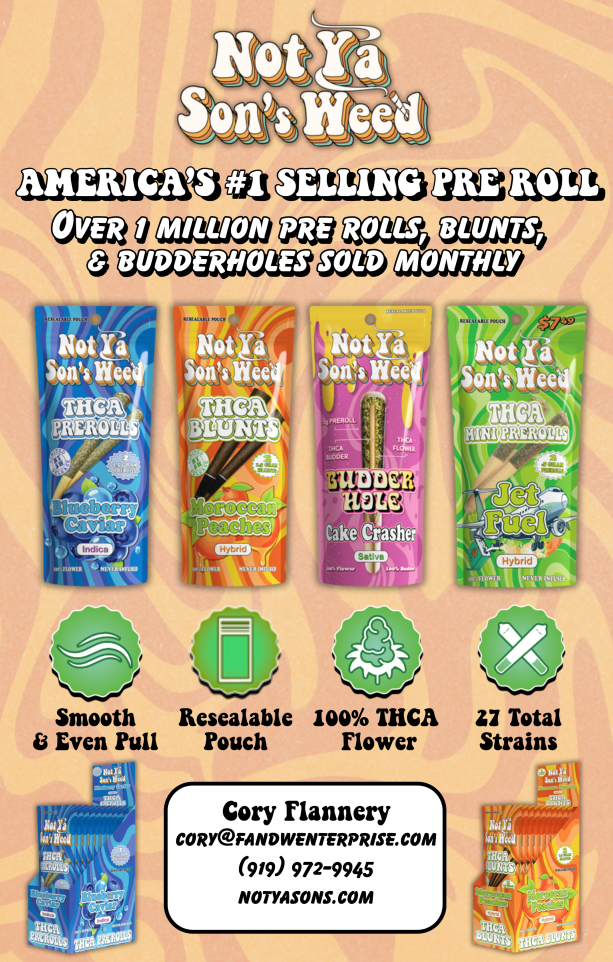It’s time for a bit of good news on the public health front. The Food and Drug Administration (FDA) recently announced that youth vaping has dropped to the lowest level in a decade. Over the last five years, it has declined by 70 percent. Just 1.55 percent of students in the survey vaped daily.
The media continues to speculate about the so-called “teen vaping crisis” despite these results from the latest FDA survey. But the real takeaway is obvious to anyone willing to see it: nicotine vaping is clearly not a threat to teenagers; instead, it is a powerful quit-smoking tool that helps adults give up cigarettes, which the government continues to needlessly restrict.
So Long to the “Gateway” Hypothesis
One of the primary arguments against e-cigarettes is their potential to serve as gateways to traditional cigarette smoking among youth. While this concern may have been plausible when vapes first entered the market over a decade ago, it is no longer tenable with teen smoking approaching zero. It’s time for critics of the vaping industry to follow the facts where they lead and give up their crusade against a product that is saving millions of lives.
Unlike the mythical gateway hypothesis, it’s undeniable at this point that e-cigarettes have helped millions of adult smokers quit. By providing a less hazardous alternative to traditional cigarettes, vaping has given these individuals the opportunity to make healthier choices that actually fit their lifestyle. Numerous studies have demonstrated that vaping can be an effective substitute for cigarettes, allowing smokers to gradually reduce their exposure to toxins and ultimately quit altogether.
Vaping Prohibition Didn’t Work
As an agency full of self-congratulating bureaucrats, the FDA has eagerly taken credit for the decrease in teen vaping rates, claiming that “This progress is a testament to the relentless efforts by the FDA, CDC and others, particularly over the past half decade.” It is no such thing.
The regulators in Washington have closed thousands of vape shops that served adult customers, and they have bankrupted vapor manufacturers that couldn’t comply with FDA’s wrongheaded (and arguably illegal) rules. However, those misguided efforts have only guaranteed that the massive selection of vapes sold on the street is untested and unregulated.
This is a lesson we at the American Vapor Manufacturers (AVM) have tried to teach confused reporters many times over the years. The growing supply of illegal vapes they complain about is a direct result of FDA ‘s crusade against our ethical, law-abiding industry. They put many of us out of business, and an army of unscrupulous distributors who sell questionable products took our place.
So, yes, teen vaping and smoking have plummeted. And this is undeniably encouraging. But who really deserves credit for this public health victory? Frankly, it’s parents like me, who know how to raise our children. As I’ve argued before, kids are very intelligent. They make smart decisions when we give them good information and take an interest in their well being.
A recent CDC study shows the same thing: when moms and dads teach their kids not to use nicotine, their kids don’t use nicotine. Of course, the government can’t take credit for good parenting so you won’t see a press release from the FDA.




















